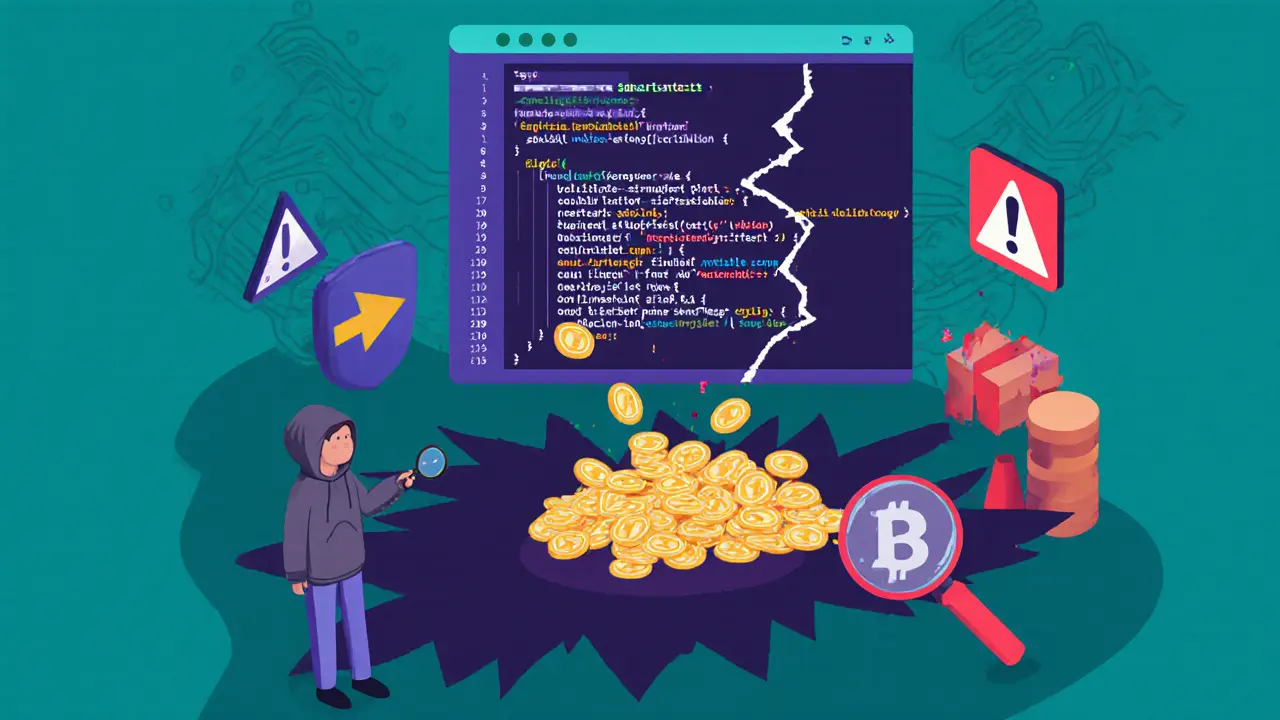Secure Blockchain Development: How to Build Trust, Prevent Hacks, and Protect Assets
When you hear secure blockchain development, the process of building blockchain systems that resist attacks, protect user data, and maintain integrity under pressure. Also known as trusted blockchain engineering, it's not about flashy features—it's about making sure your code doesn't get exploited while holding millions in value. Most people think security means encryption or fancy logos. But real secure blockchain development is about layers: how keys are stored, who can change contracts, what happens when a bug slips through, and whether the system can survive a coordinated attack.
Behind every major breach—whether it's a DeFi protocol losing $50 million or a wallet getting drained—is a failure in one of these layers. Take HSM, hardware security modules that physically protect cryptographic keys from digital access. Many projects skip HSMs to save money, but the cost of a single hack can be 100x more. Then there's encrypted smart contracts, blockchain programs that hide transaction details even from network validators, like those used by Secret Network. These aren't optional for privacy-focused apps—they're the baseline. And when you combine these with proper key management, multi-sig approvals, and real audits (not just a PDF from a firm you found on Twitter), you start building systems people can actually trust.
What you'll find in the posts below isn't theory. It's real cases: why Zeddex Exchange vanished without audits, how Thoreum’s fake airdrops fooled thousands, and why Monsoon Finance’s anonymity mining model might be more secure than most token launches. You'll see how Thailand’s tax rules force exchanges to use secure infrastructure, how Pakistanis bypass bans using P2P systems that don’t rely on centralized wallets, and why the $121K IGU airdrop succeeded because it locked tokens in smart contracts with clear rules. This isn’t about hype. It’s about what actually keeps crypto safe—and what gets people burned.
Code Review Best Practices for Blockchain: How to Prevent Costly Vulnerabilities
Learn the essential code review practices for blockchain to prevent costly vulnerabilities. Discover why manual review is irreplaceable, how to use automated tools effectively, and what separates a secure contract from a disaster.
Details +